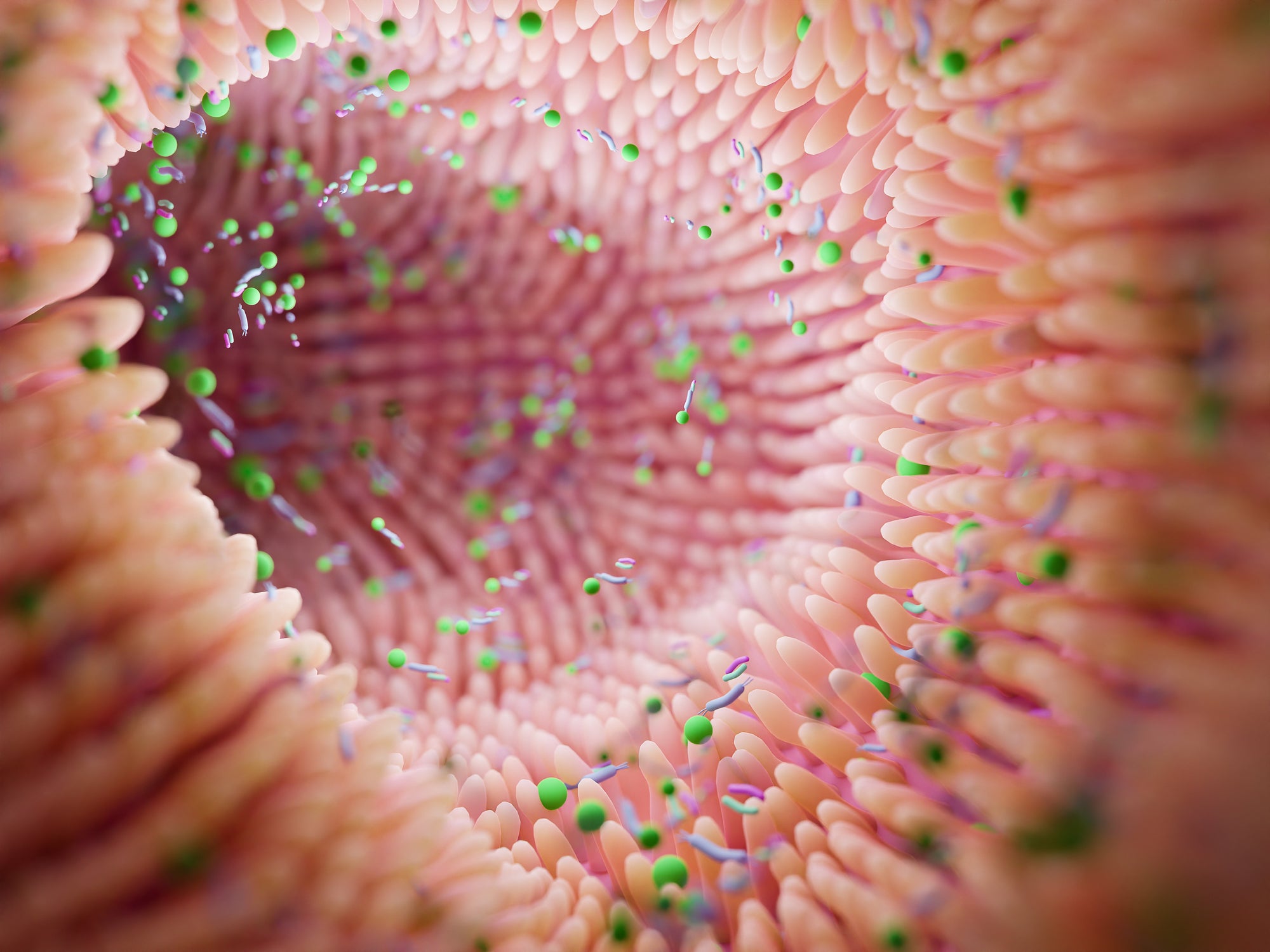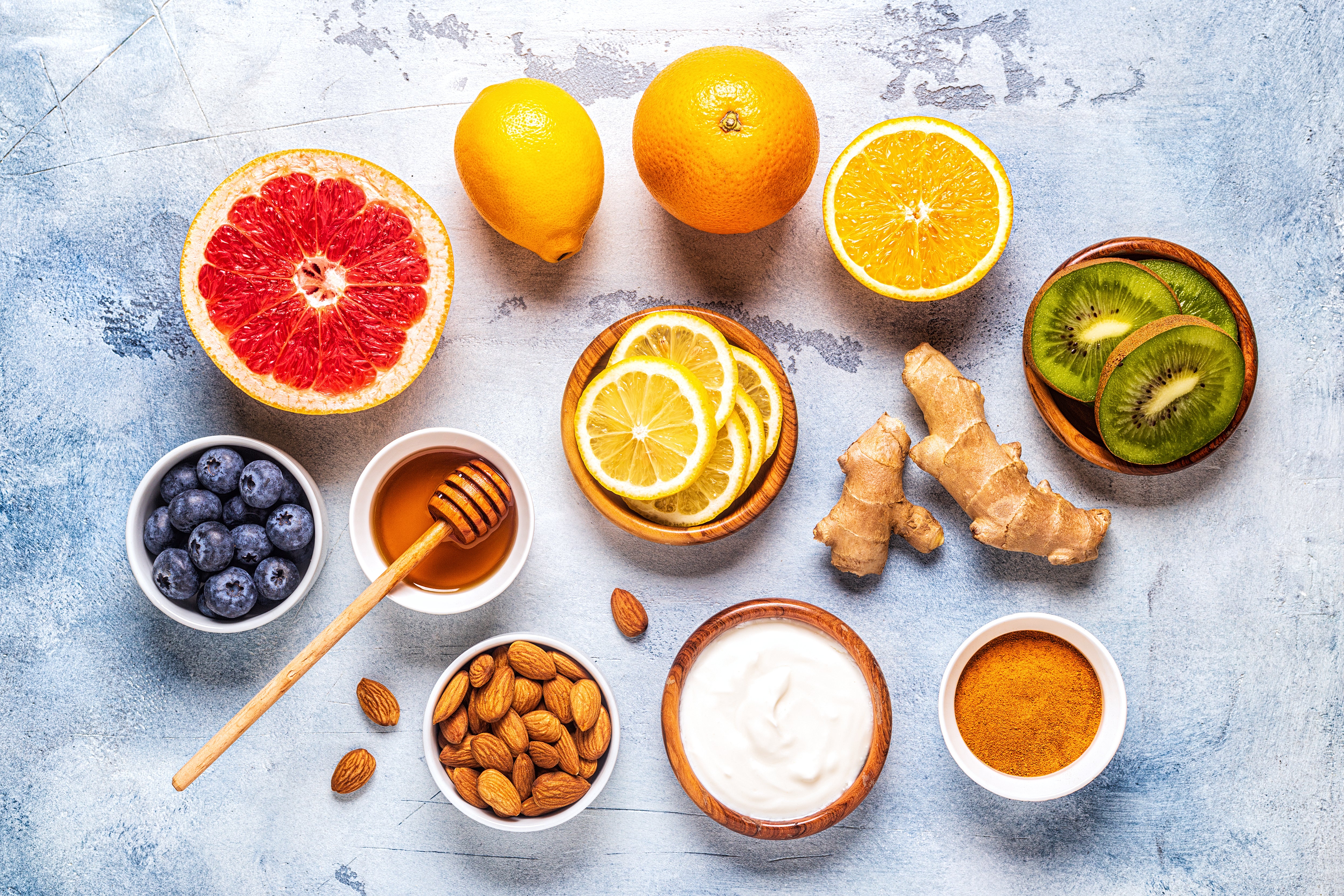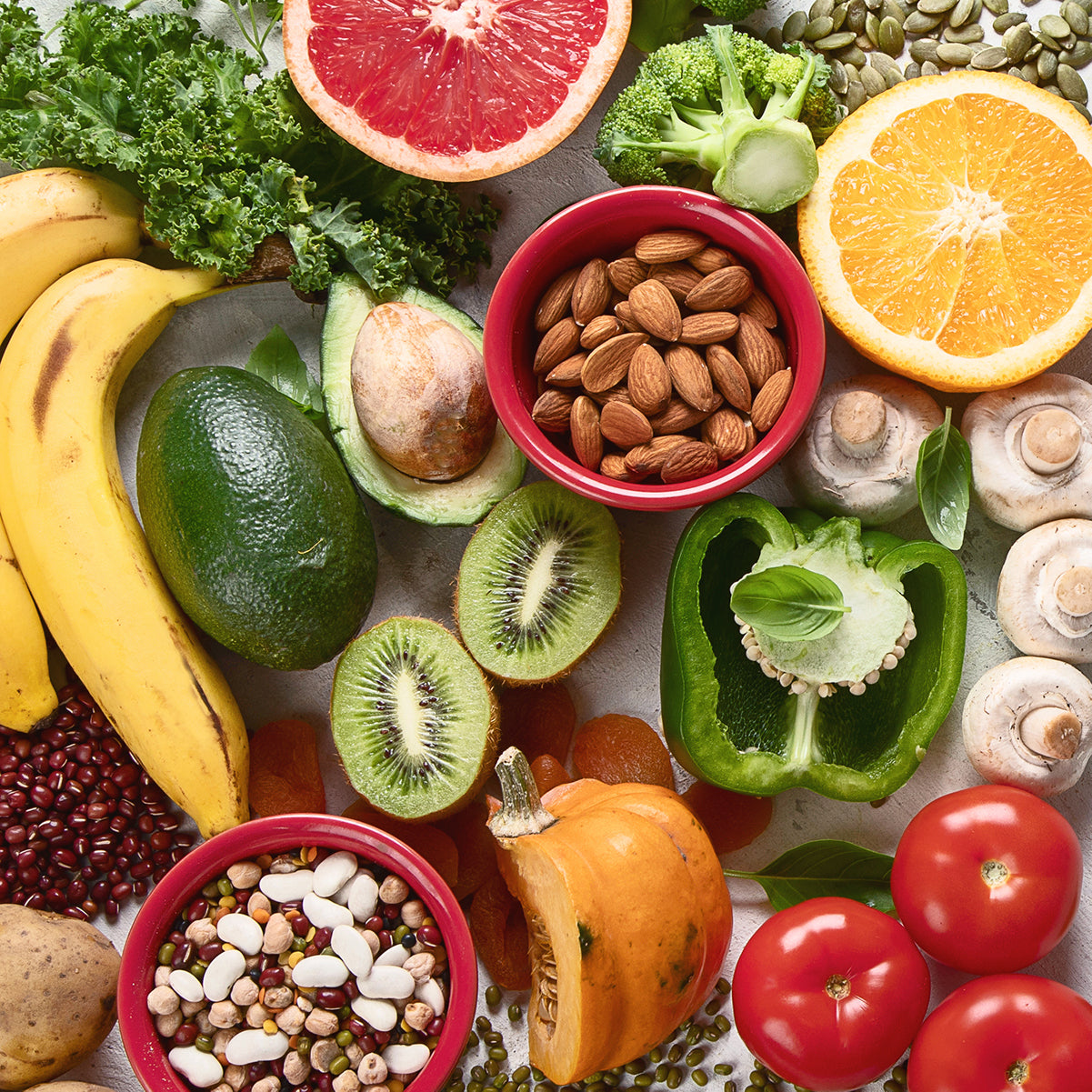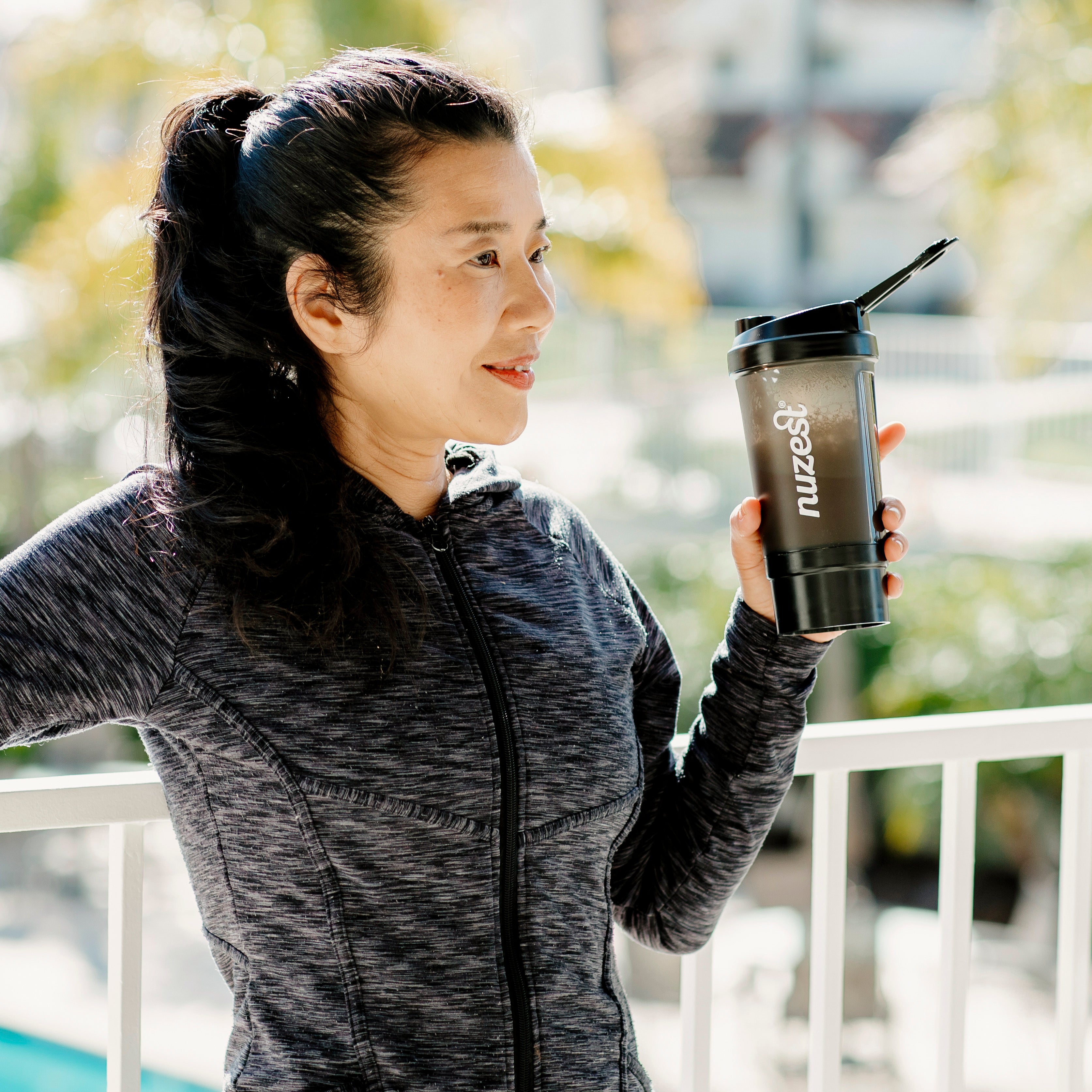Author: Alexandra Hamlin
Good Green Vitality was formulated in conjunction with leading independent health experts to help fill the nutritional gaps in modern diets. Over 75 ingredients work synergistically to support all 11 body systems; each one chosen specifically for the benefits it provides to the body, including the brain and nervous system.
Ginseng, an herbal medicine in widespread use globally, is one ingredient in Good Green Vitality chosen for its brain-boosting potential.

Why Panax Ginseng?
One of the most commonly used and highly researched species of ginseng is Panax ginseng – native to China, Korea and Russia. The root of the Panax ginseng plant has been used in Chinese herbal medicine for thousands of years primarily as a calming agent and adaptogen.[1] Extensive research suggests that it may have beneficial effects on the brain and cognition.[2]
The main active constituent of Panax ginseng are the ginsenosides,[3] which have been shown to have a variety of therapeutic benefits including antioxidant, anti-inflammatory and neuroprotective effects.[4]
To support the nervous system and brain function, Panax ginseng (100mg per 15g) has been chosen as part of the neural blend in Good Green Vitality.
How does Panax ginseng support brain function?
- Potent antioxidant and neuroprotectant
Panax ginseng may help to reduce oxidative stress by increasing antioxidant enzyme activity. Research and studies suggest the ginsenosides have the ability to target the brain for protection against free radicals.
Both oxidative stress and inflammation are two key contributing factors to neurogenerative disease (e.g. Alzheimer’s disease). The beneficial effects of Panax ginseng on neurogenerative disease have been attributed to the antioxidant and immunomodulatory activities of the active constituent, ginsenoside. Studies on the neuroprotective effects of ginsenosides show they act as antioxidants and modulators of intracellular neuronal signalling, metabolism and mitochondrial function.[5] [6] The antioxidant function of Panax ginseng has been studied and suggested for its health benefits.[7]
- Supports memory, behaviour and mood
The ginsenosides in Panax ginseng have been widely studied globally, with over 100 different ginsenosides revealed so far. They have been found to stimulate the release of acetylcholine, a neurotransmitter that is associated with learning and memory.[8]
Studies suggest that Panax ginseng may have beneficial effects on memory, learning and mood in short and long term studies.[9] [10] Panax ginseng may have the ability to improve mental performance, memory and support feelings of mental fatigue, as well as stimulate brain activity.[11] [12]
There have been a number of studies focusing on the therapeutic benefits of Panax ginseng and neurogenerative disease, with studies suggesting Panax ginseng may act to enhance and improves cognitive performance in patients with Alzheimer’s disease. [13]
Good Green Vitality uses a high quality Panax ginseng extract which contains many beneficial compounds and provides the greatest efficacy by dose. There are 100mg of Panax ginseng in each 15g serve of Good Green Vitality.
The levels, forms and ratios of each vitamin, mineral, and nutrient in the Good Green Vitality formula have been determined and optimised through thorough evaluation of scientific research and evidence. The form of each ingredient has been selected based on its bioavailability and contribution to the synergistic effect of the formula.
[1] https://naturalmedicines-therapeuticresearch-com.ezproxy.laureate.net.au/databases/food,-herbs-supplements/professional.aspx?productid=1000
[2]https://www.cochranelibrary.com/cdsr/doi/10.1002/14651858.CD007769.pub2/full?highlightAbstract=panax%7Cginseng
[3] https://www.aafp.org/afp/2003/1015/p1539.html#afp20031015p1539-b2
[4] https://www.ncbi.nlm.nih.gov/pmc/articles/PMC2893180/
[5] https://www.sciencedirect.com/science/article/pii/S122684531630269X
[6] https://www.ncbi.nlm.nih.gov/pmc/articles/PMC5386131/
[7] https://www.ncbi.nlm.nih.gov/pmc/articles/PMC5386131/
[8] https://www.sciencedirect.com/science/article/pii/S122684531630269X
[9] https://pubmed.ncbi.nlm.nih.gov/12895687/
[10] https://www.ncbi.nlm.nih.gov/pmc/articles/PMC5386131/
[11] https://pubmed.ncbi.nlm.nih.gov/15982990/
[12] https://www.sciencedirect.com/science/article/abs/pii/S0091305703001266?via%3Dihub


















































